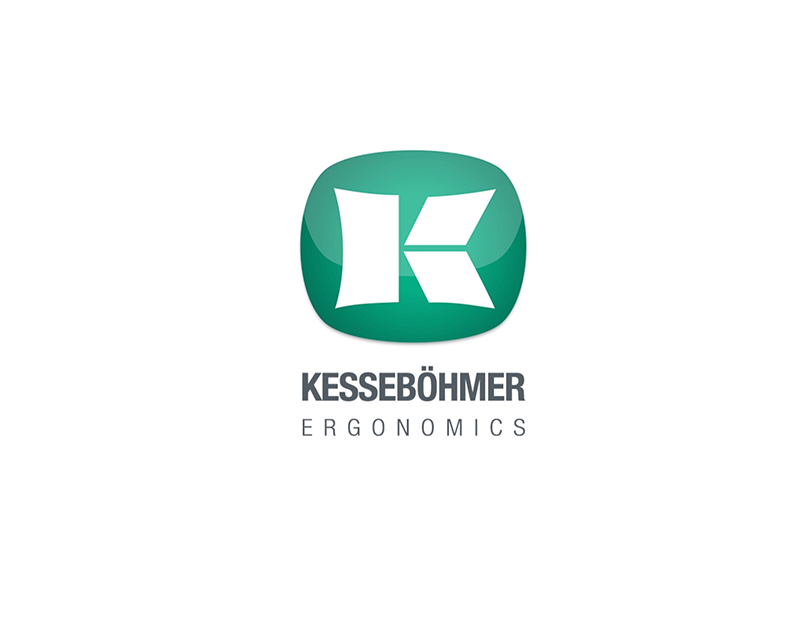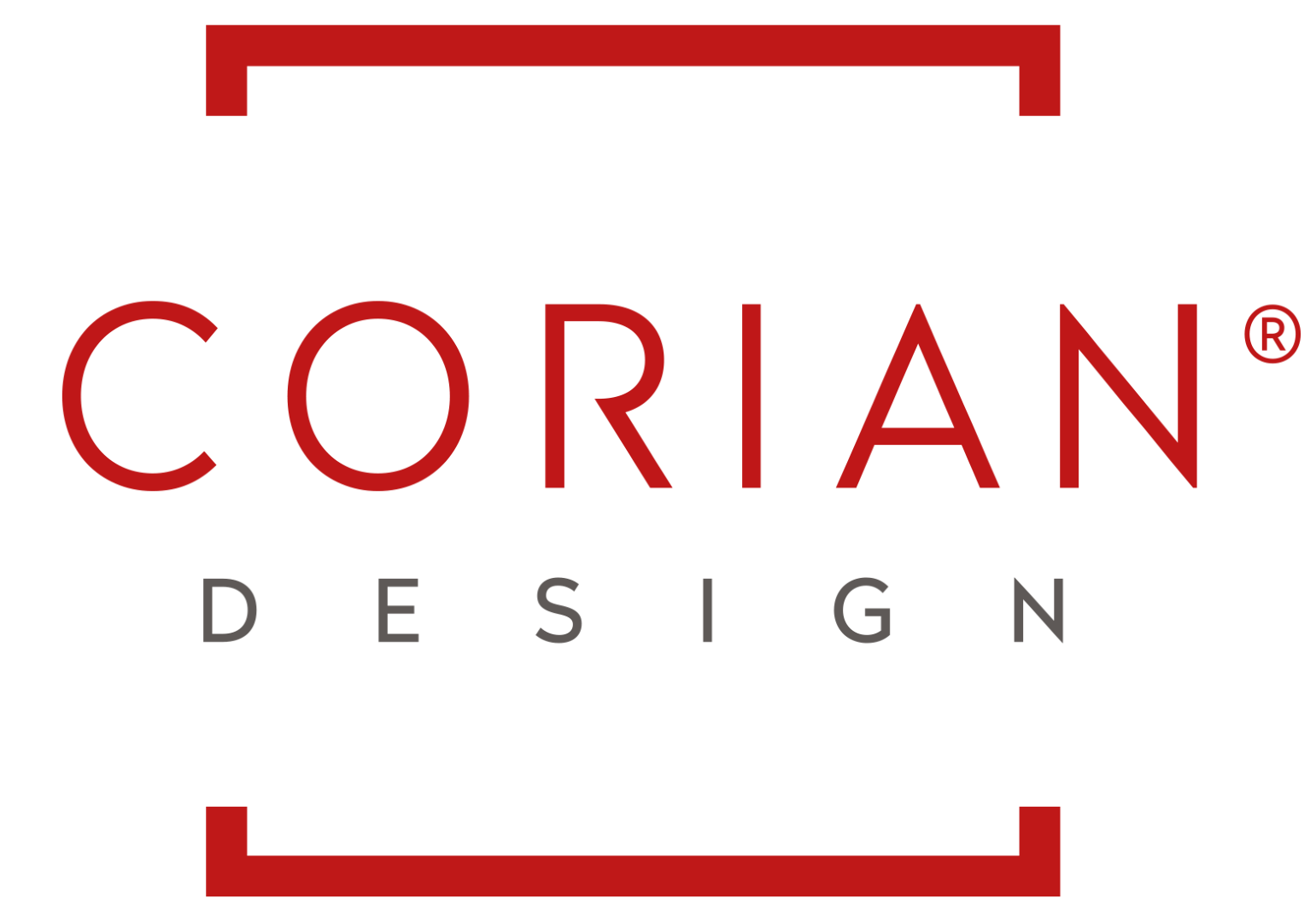GAGGENAU HOME APPLIANCES
It began with a spark
Gaggenau metalworks had, by this point, progressed to make farm machinery. Decades passed and the place and its people began to make a name for themselves. Its ironworks grew in number and scale. The days of making nails were over. New products for a new industrial class were being mass-produced and the foundation of the German Engineering legend was being laid.
As a specialist in enamel, Gaggenau produced hardwearing advertising signs for brands such as Odol, Maggi and Stollwerck. This informed the recipe for the company's robust oven enamel, which in turn formed the basis for the success of its coal and gas-fired stoves. That same lineage of enamel can be seen today in the form of our iconic blue oven interiors.
When Dr. Otto von Blanquet took over, the company shifted its focus solely towards to coal and gas-fired stoves. In the late 1940’s Gaggenau began to produce innovative, economical gas and coal ovens. Electric ovens were also manufactured for the first time, with 180 employees eventually involved in producing the famous "Favorit" and "Futura" models.
When Georg von Blanquet followed in his father’s footsteps, he paved the way for the fitted kitchen revolution. In 1956 the first built-in, eye-level oven, separate cooktop and ventilation appliances were all brought to market, by us.
His appetite for change was matched only by his demand for quality. New functions had to prove useful to chefs, be sturdy enough for the working kitchen and look beautiful.
Gaggenau presented the first 28 cm wide Vario cooktops with top-mounted control knobs - a forerunner of the now classic advanced Vario cooktops series. This series provides a wide variety of specialised appliances that combine to provide a bespoke cooking experience.
The first 90 cm wide oven to reach the European market was inevitably going to impress, with a generous net volume of 87 litres and space for up to four roasts at a time. The EB 300 soon achieved cult status.
Inspired by generously-dimensioned freestanding American fridge-freezer combinations, the side-by-side IK 300 launched featuring separate access to fridge and freezer compartments. In addition to five climate zones and manual humidity control, the appliance boasted a clear ice dispenser.
Gaggenau - Pioneer of healthy eating: The ED 220 steam oven was the first of its kind to be commercially produced for the private home. Since then steam ovens have become the standard for the private chef who demands the best.
Gaggenau introduced the latest innovation: an automatic cleaning system for the combi-steam oven that can be easily operated at the push of a button.

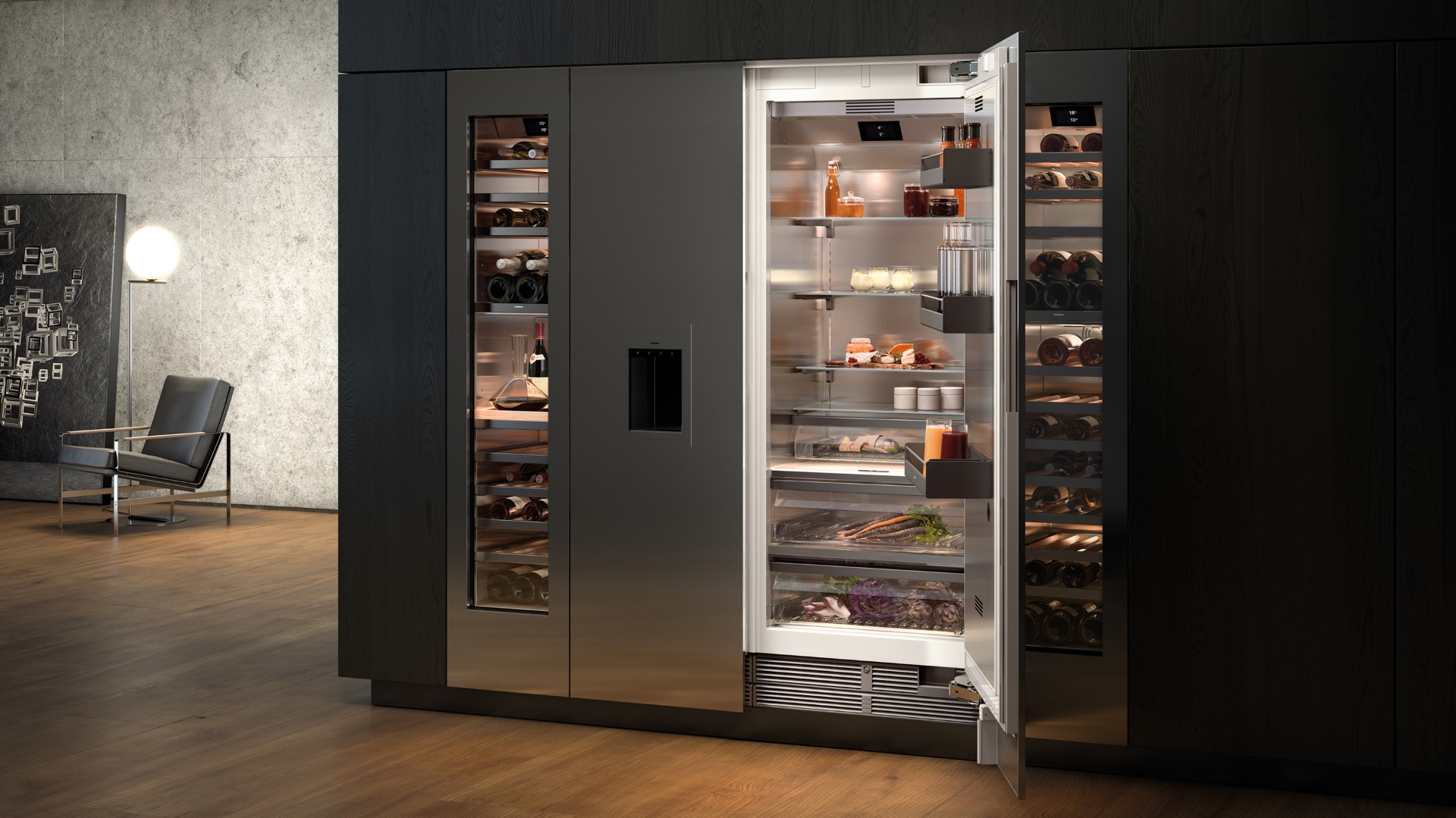
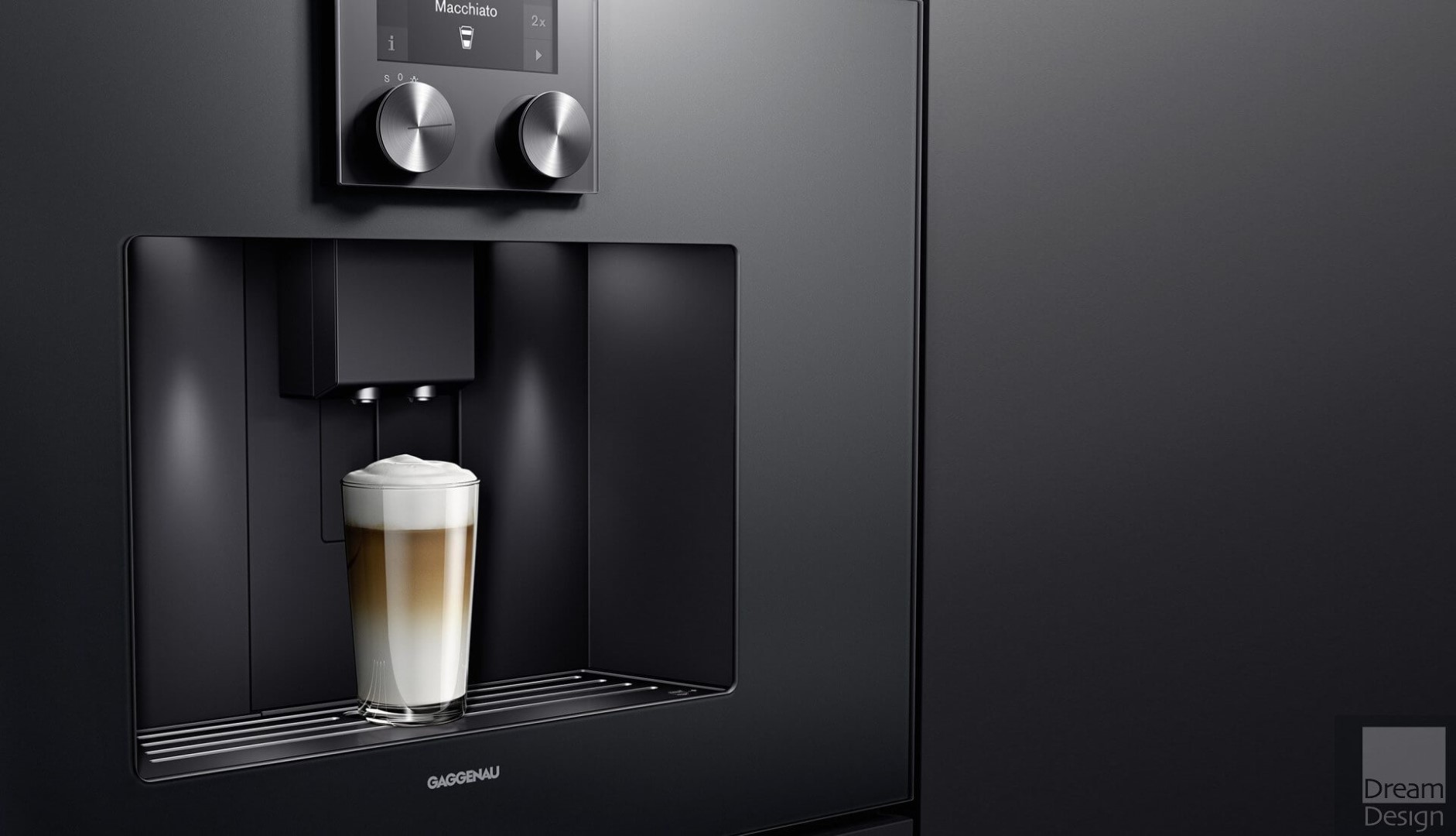
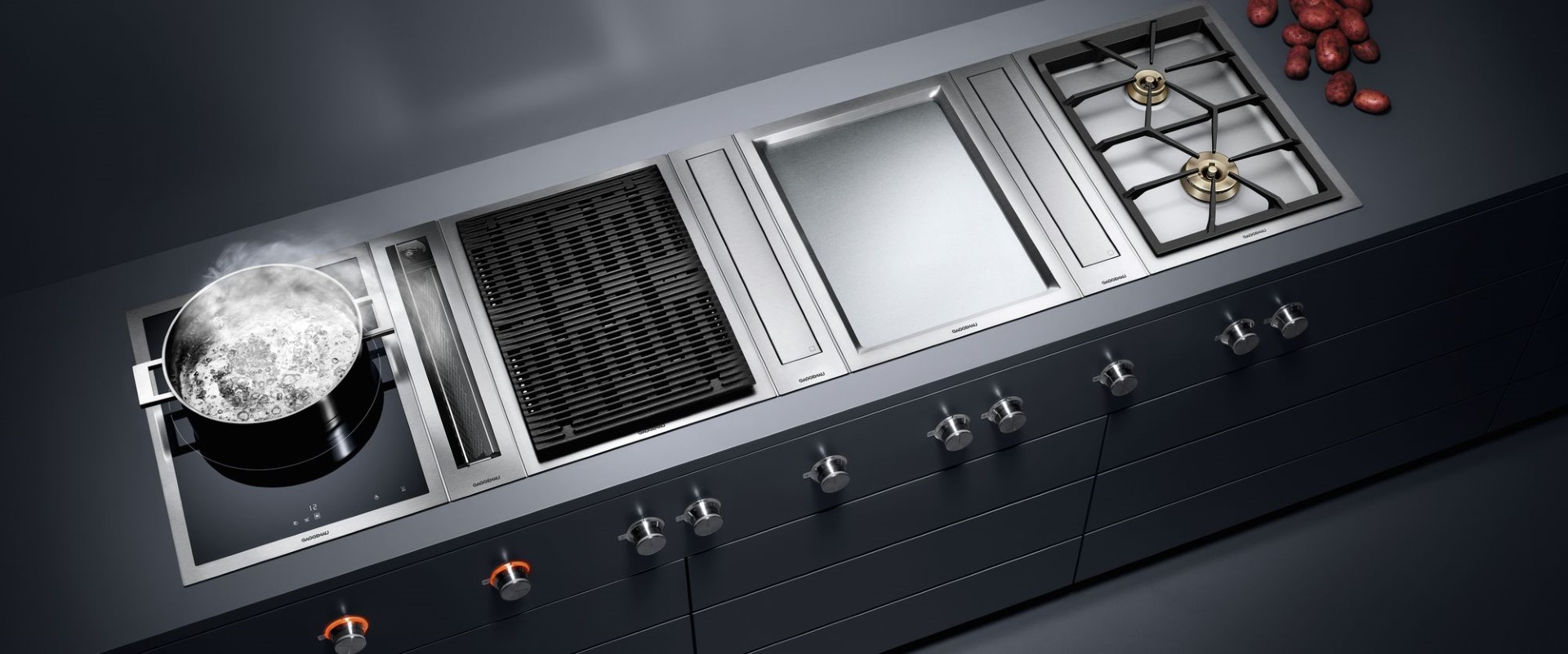
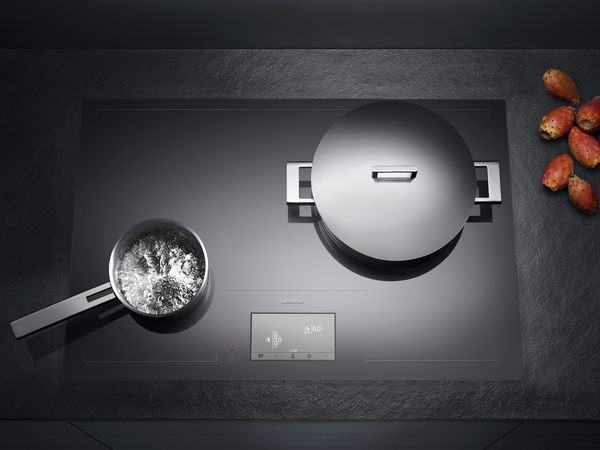

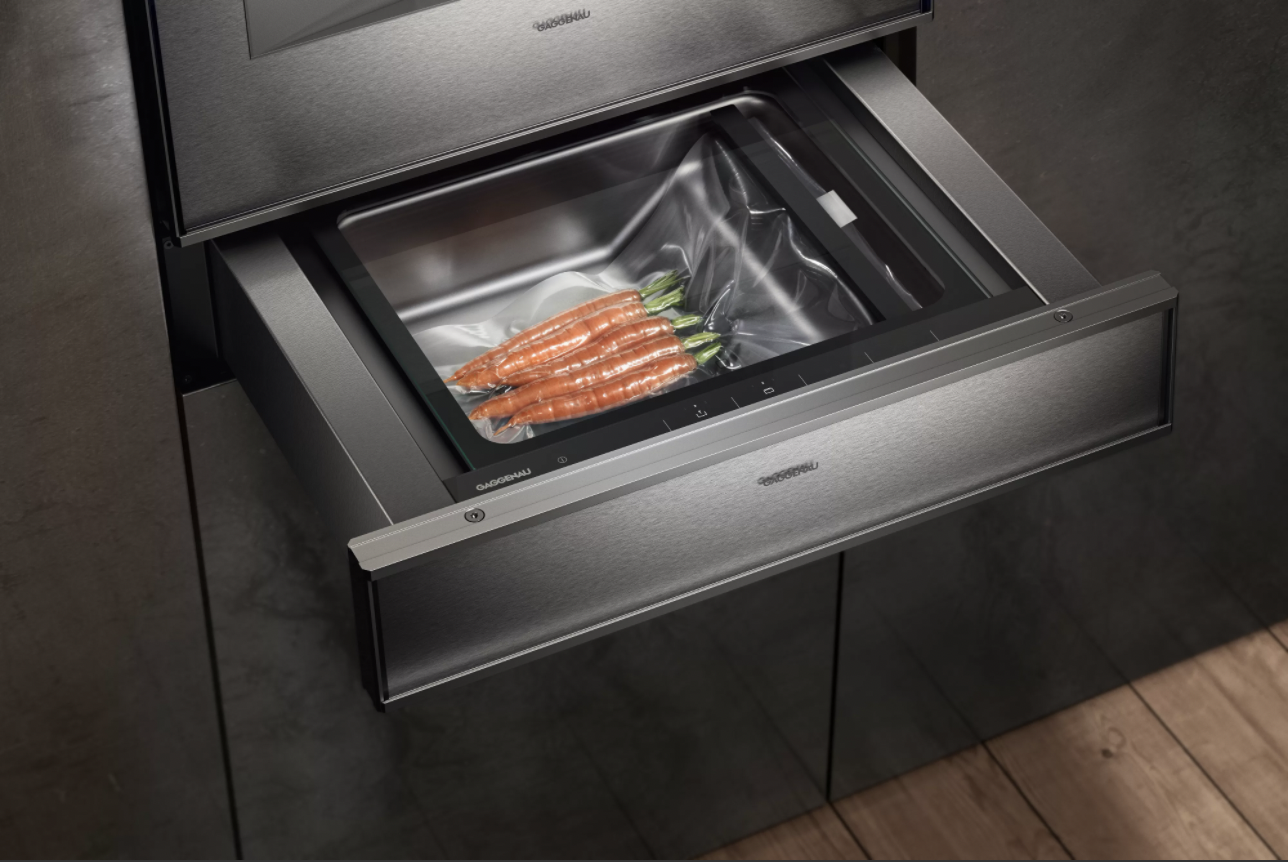
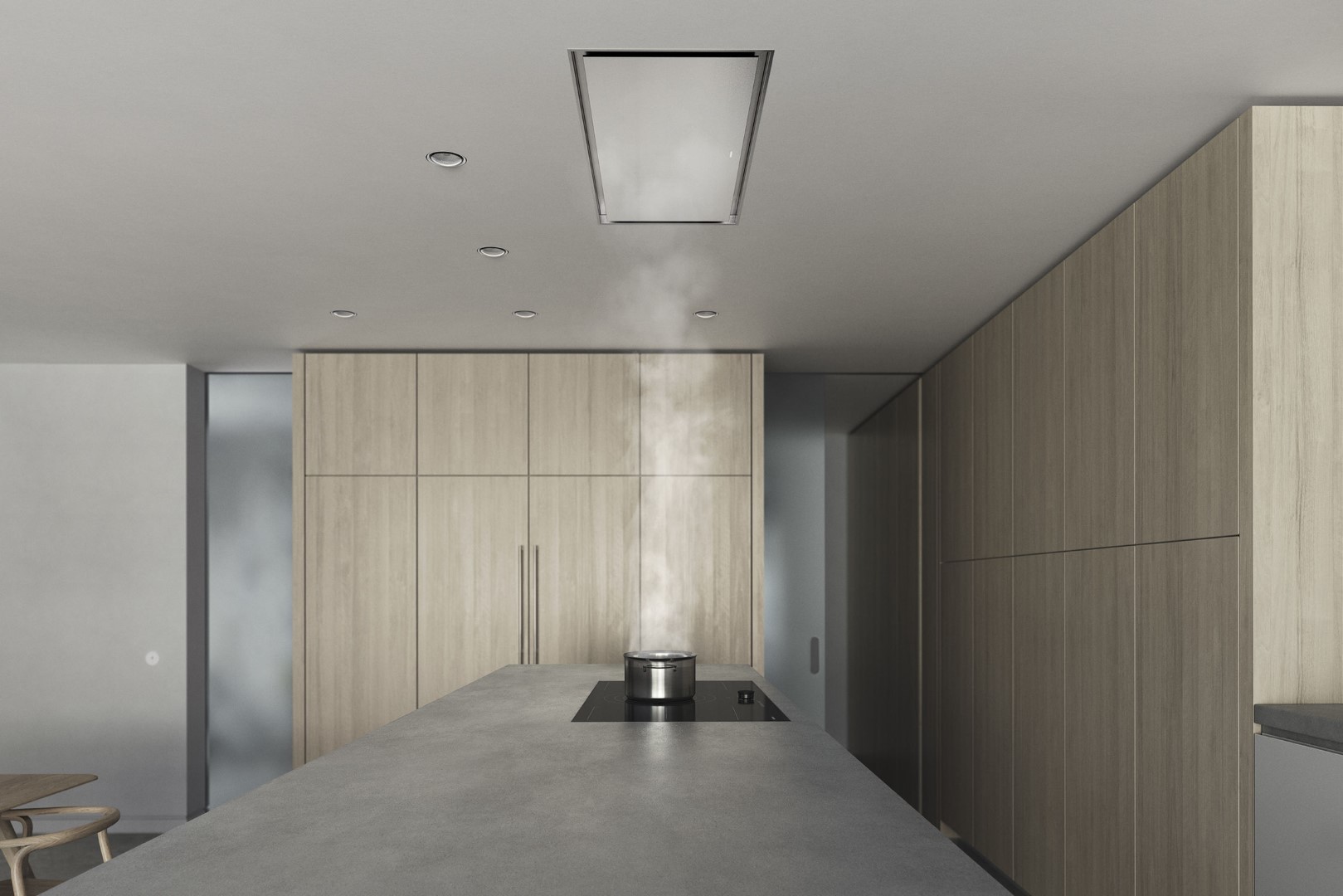
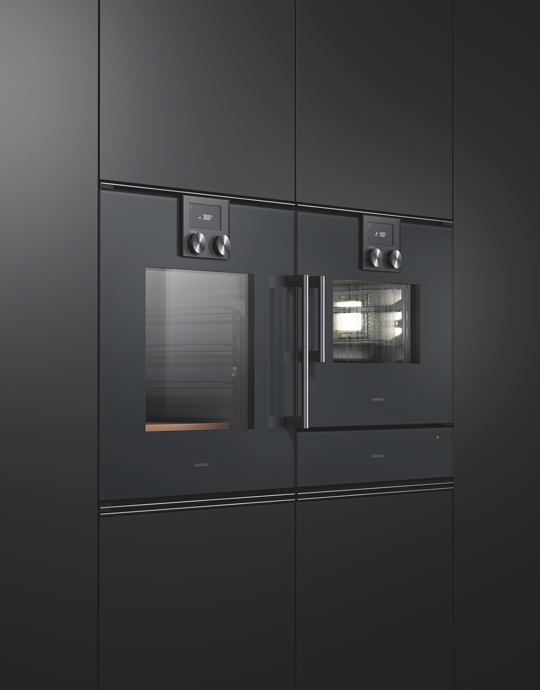
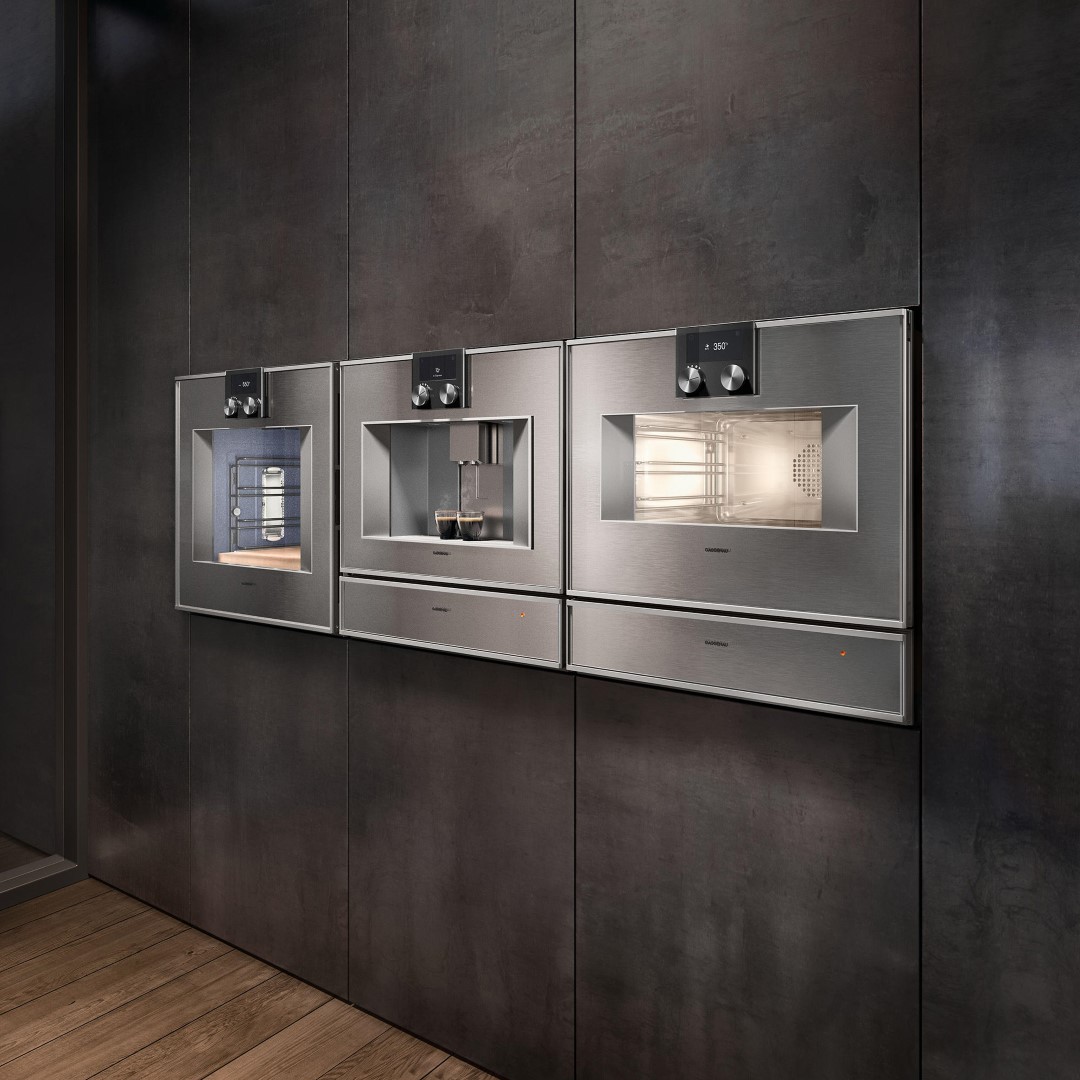
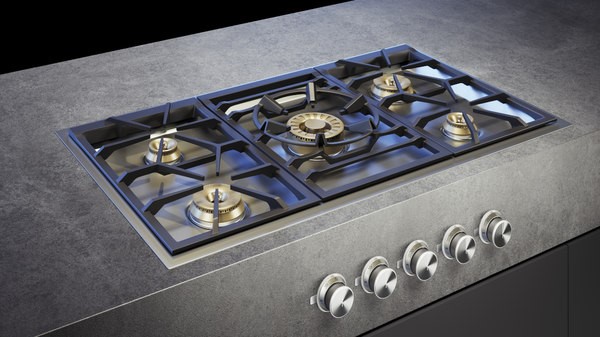
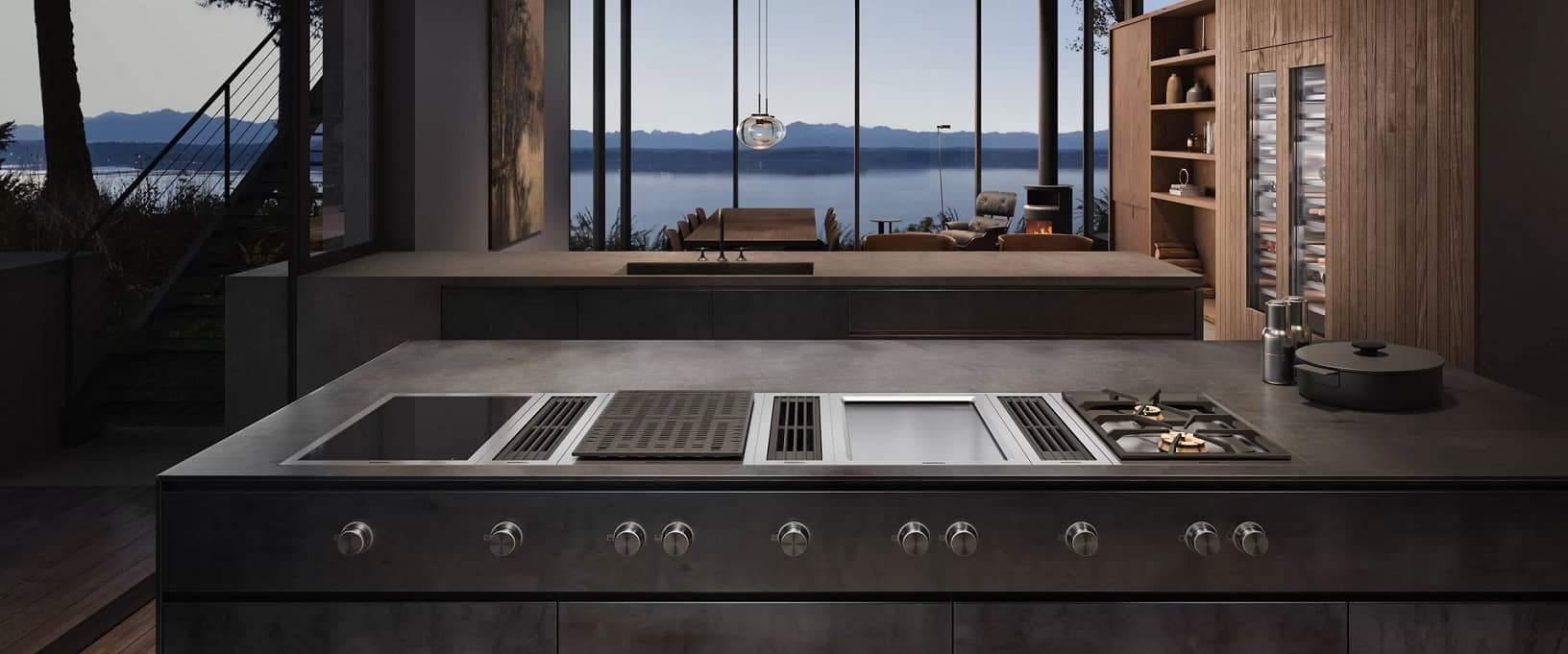
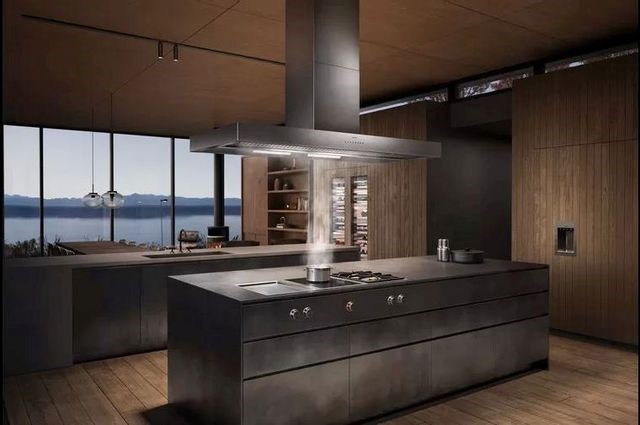
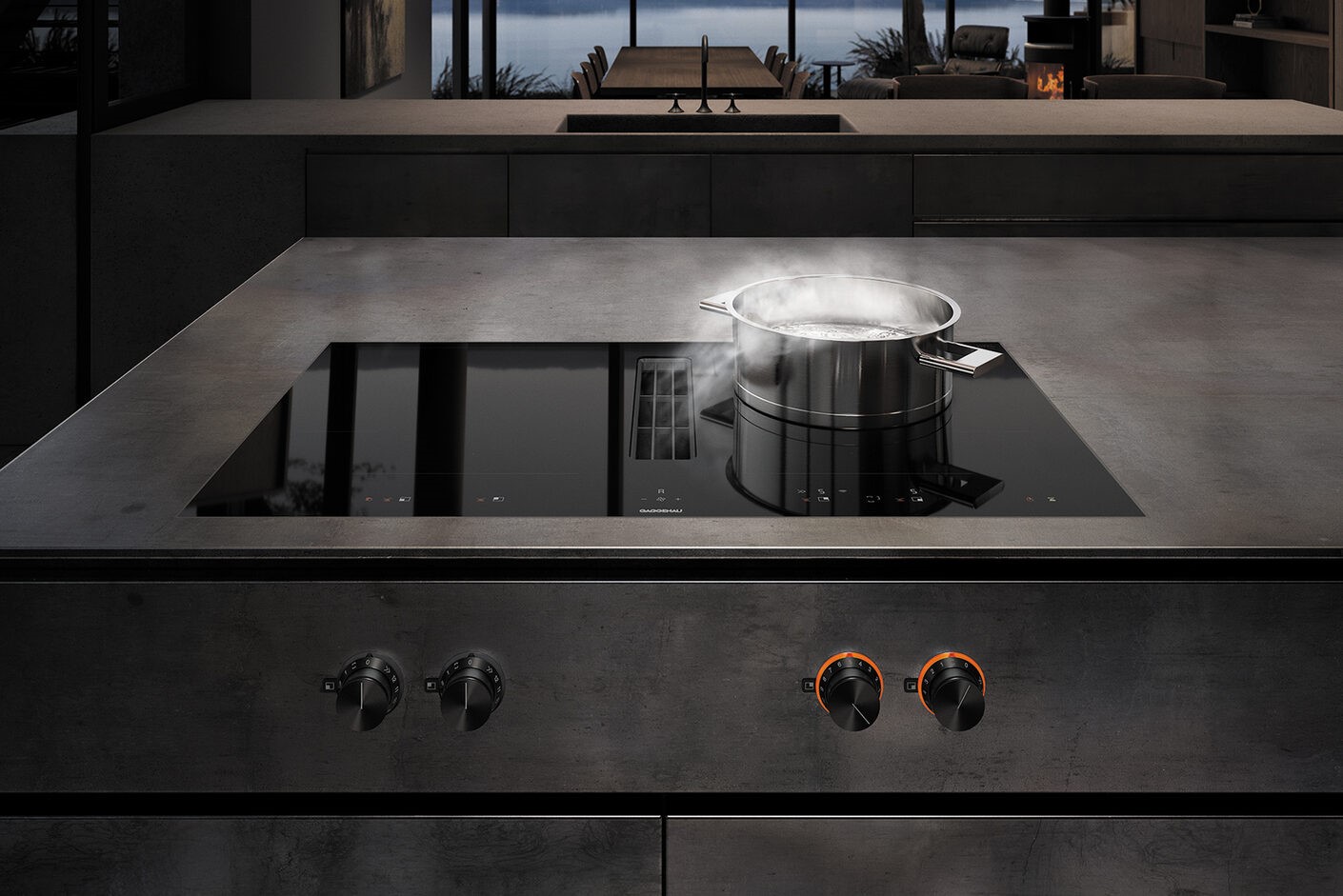

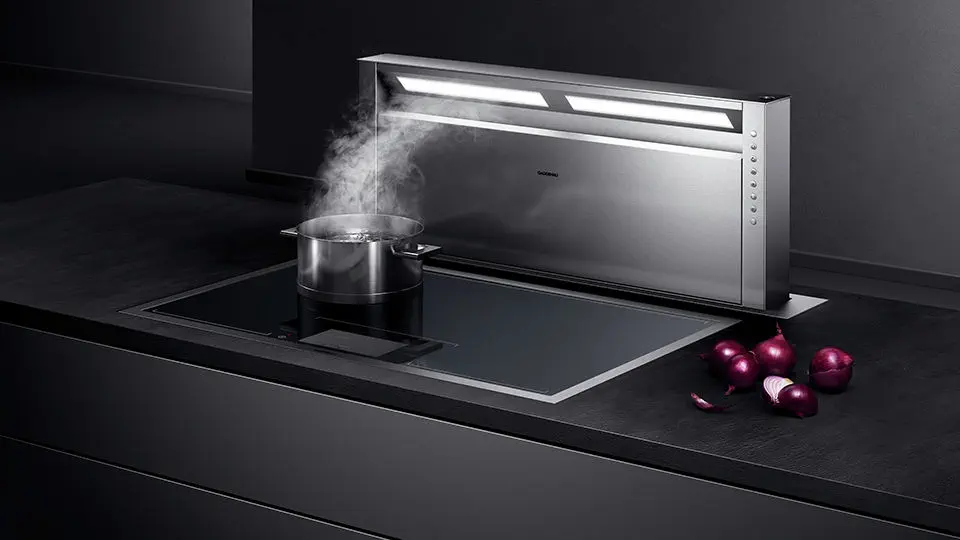
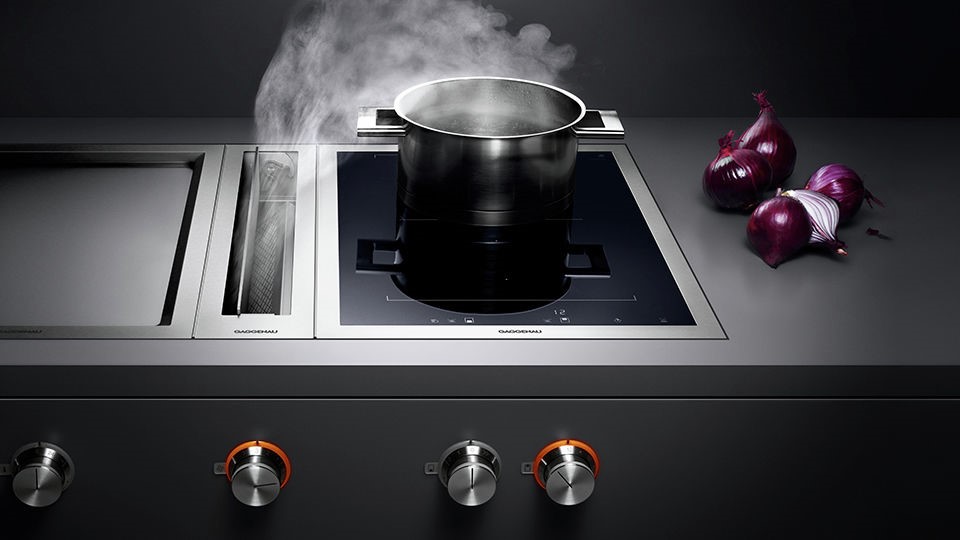
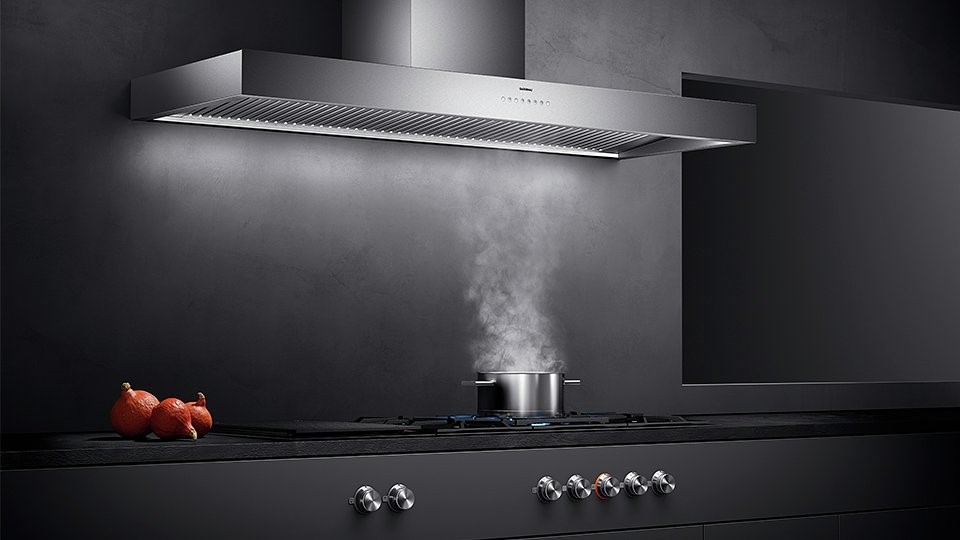
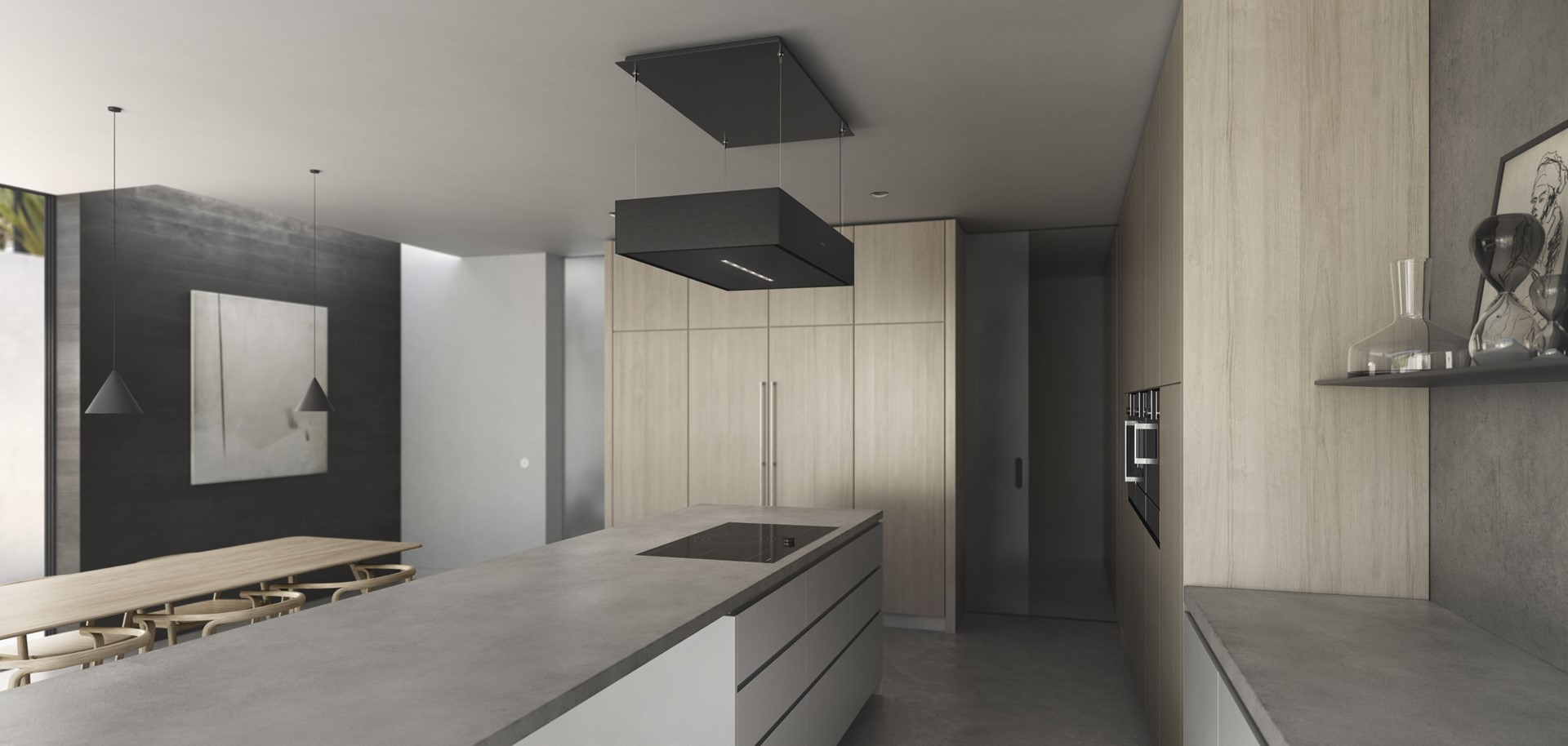
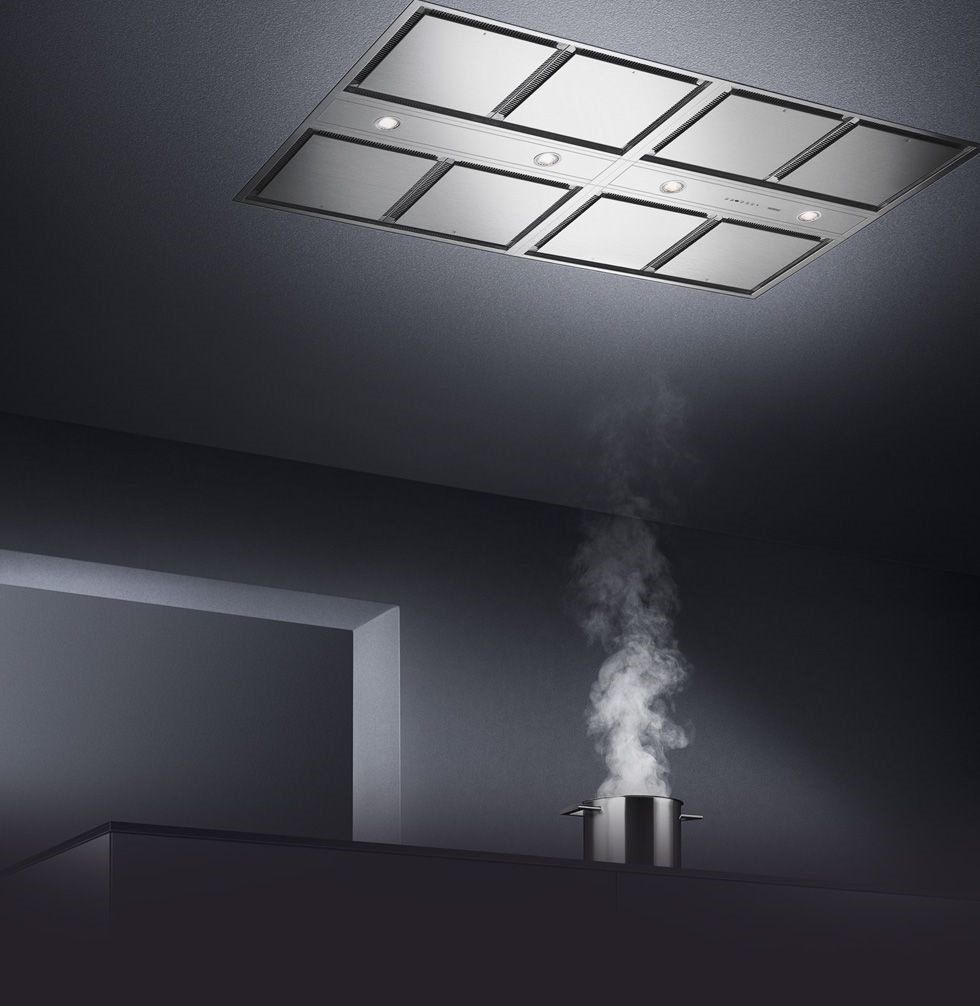
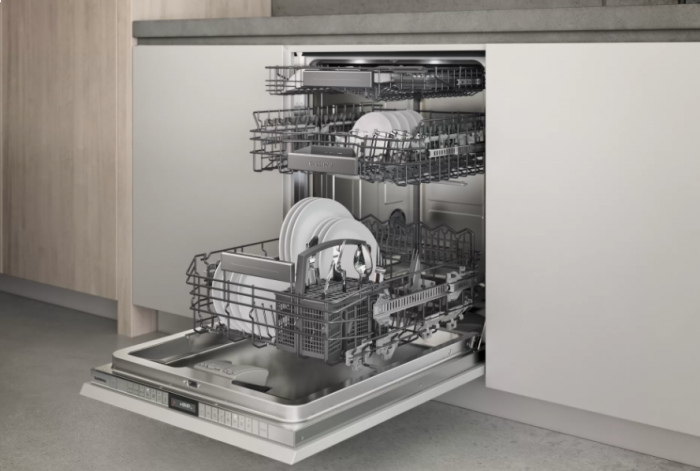
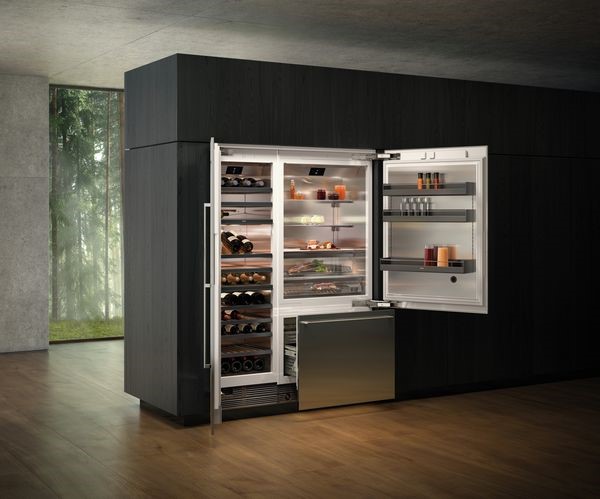
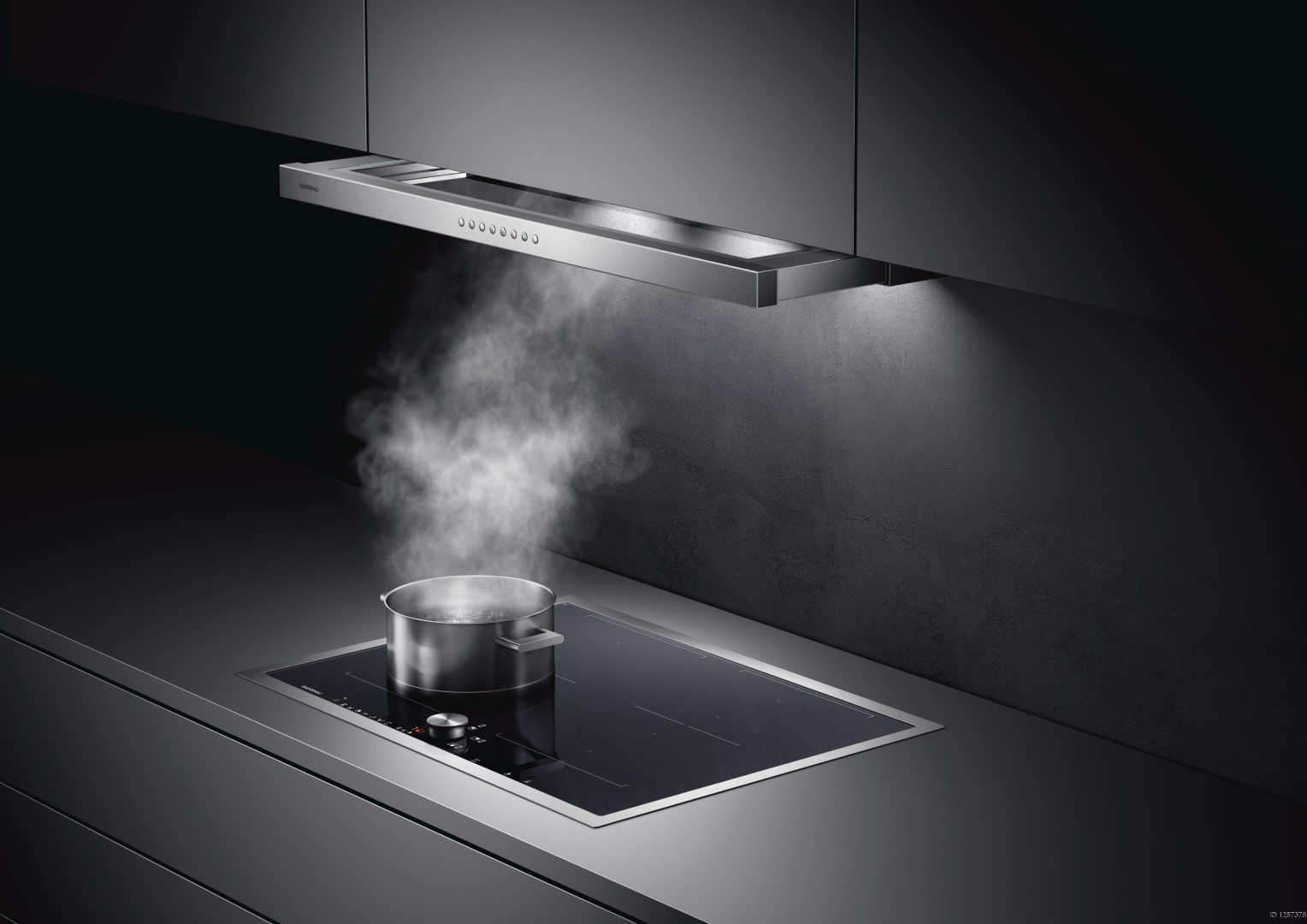

.jpg)
-(1).jpg)
-(1).jpg)

